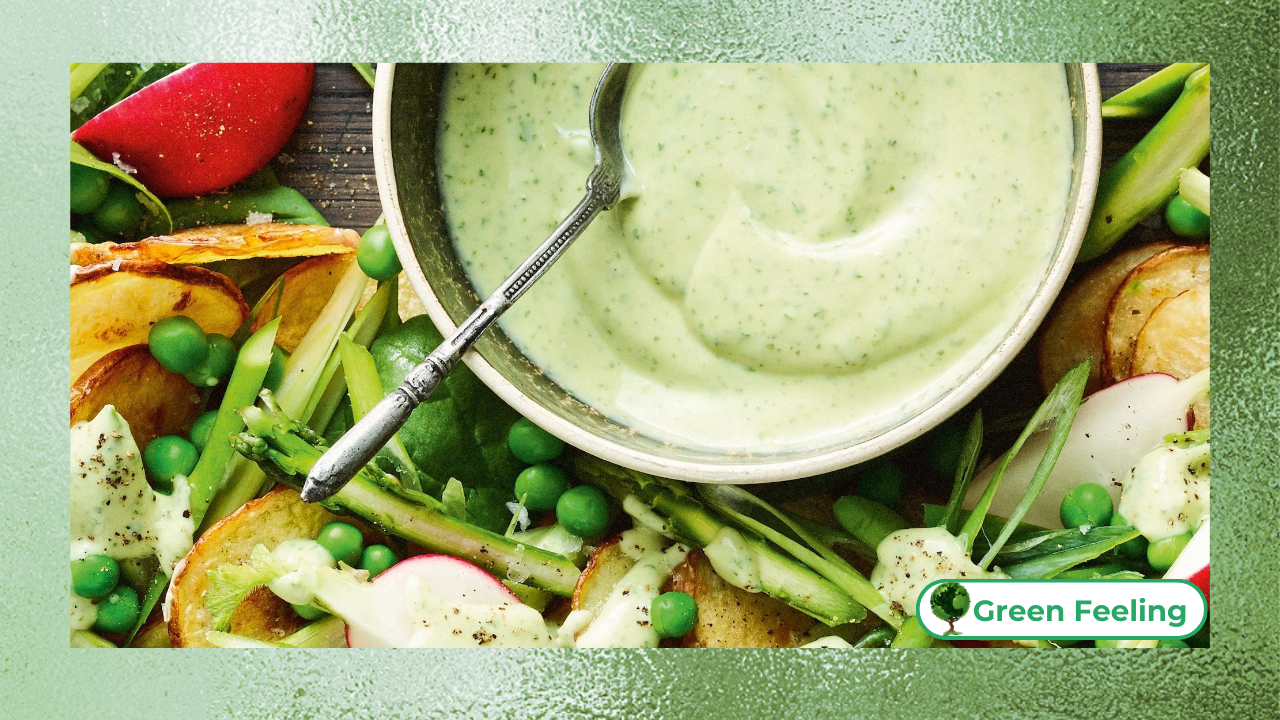The Importance of Biodiversity in Organic Production
Organic farming represents far more than simply avoiding synthetic inputs – it’s fundamentally rooted in nurturing and leveraging biodiversity.

This intricate web of life forms the very foundation upon which successful organic systems thrive, creating resilient ecosystems that produce nutritious food while enhancing environmental health.
As we face escalating ecological crises, understanding biodiversity’s central role in organic production becomes not just academically interesting but existentially crucial.
The United Nations Global Assessment Report on Biodiversity revealed a sobering reality: approximately 1 million species now face extinction, many within decades, primarily due to agricultural expansion and intensification.
Organic farming emerges as one of our most powerful tools to reverse this trend, with studies showing organic fields support 30-50% more species than conventional counterparts.
This biodiversity isn’t incidental – it’s the engine driving organic agriculture’s pest control, nutrient cycling, and climate resilience.
Understand how it works: The United Nations Global Assessment Report
The Science of Biodiversity in Farming Systems
Biodiversity in organic production operates at multiple interconnected levels:
- Genetic diversity: Variety within crop and livestock species
- Species diversity: Range of plants, animals, and microorganisms
- Ecosystem diversity: Interactions between organisms and their environment
- Landscape diversity: Mosaic of habitats across agricultural regions
Each level contributes distinct benefits:
| Biodiversity Level | Organic Farming Benefit | Example |
| Genetic | Climate adaptation |
Drought-resistant crop varieties
|
| Species | Natural pest control |
Beneficial insect habitats
|
| Ecosystem | Soil fertility |
Microbial nutrient cycling
|
| Landscape | Pollination services |
Hedge rows connecting wild areas
|
As renowned agroecologist explains in Biodiversity and Pest Management in Agroecosystems:
“The stability of organic farming systems lies not in the genetic uniformity of monocultures but in the cultivated diversity that mimics natural ecosystems.” Miguel Altieri.
This insight fundamentally distinguishes organic from industrial agriculture.
Soil Biodiversity: The Underground Revolution
Beneath every thriving organic farm lies a universe of biological activity:
Key Soil Organisms and Their Roles:
- Earthworms: Nature’s plow (aerate soil)
- Mycorrhizal fungi: Nutrient transporters (extend root systems)
- Nitrogen-fixing bacteria: Natural fertilizers (convert atmospheric nitrogen)
- Springtails: Decomposers (break down organic matter)
- Nematodes: Nutrient cyclers (regulate microbial populations)
Research from the Rodale Institute’s Farming Systems Trial shows organic methods can increase:
- Soil microbial biomass by 40-60%
- Earthworm populations by 3-8 times
- Mycorrhizal colonization by 30-40%
These invisible workers perform services industrial agriculture attempts to replace with synthetic inputs, often at great ecological cost.
Soil biologist notes:
“A teaspoon of healthy organic soil contains more microorganisms than there are people on Earth – this is the workforce we’re partnering with.” – Elaine Ingham.
Above-Ground Biodiversity: Nature’s Pest Management

Organic farms cultivate beneficial biodiversity that naturally regulates pests:
1. Predator Habitats
- Beetle banks (raised berms for ground beetles)
- Flower strips (nectar sources for parasitic wasps)
- Bird perches (hunting stations for insectivores)
2. Trap Cropping
- Planting attractive species to lure pests away
- Example: Nasturtiums divert aphids from cabbages
Read more about: Trap Cropping
3. Companion Planting
- Repellent plants (garlic deters borers)
- Masking scents (onions confuse carrot fly)
- Structural support (corn supports beans)
A 15-year study by the University of California found organic farms maintained:
- 44% more bird species
- 2x as many native plants
- 1.5x greater pollinator abundance
+ Sustainable Practices in Asian Rural Architecture
Genetic Diversity: Organic Agriculture’s Insurance Policy
While industrial agriculture narrows genetic pools (just 12 varieties provide 75% of global food), organic systems preserve and utilize genetic diversity:
Seed Saving Traditions
- Thousands of locally adapted varieties
- Dynamic evolution with changing conditions
- Cultural knowledge preservation
Participatory Plant Breeding
- Farmers and scientists co-developing varieties
- Focus on flavor and resilience over shipping durability
- Examples: drought-tolerant maize, blight-resistant potatoes
The FAO estimates 75% of crop genetic diversity was lost last century – organic farms serve as living gene banks reversing this trend.
+ What Are Agroforests? Discover the Main Types and Benefits
Global Leaders in Biodiverse Organic Production
Several nations demonstrate biodiversity’s central role in organic success:
1. India
- Over 1.5 million organic farmers
- Maintains 100,000+ rice varieties
- “Zero Budget Natural Farming” movement
2. Brazil
- 1.2 million hectares of organic agroforestry
- Native species integration
- “Syntropic farming” systems
3. Italy
- 80,000 organic farms
- Traditional “coltura promiscua” (mixed cropping)
- EU’s highest organic biodiversity index
4. Ethiopia
- Center of crop diversity for teff, enset
- Ancient terraced farming systems
- 98% of farms pesticide-free
As Ethiopian farmer observes:
“Our fields must feed many mouths – not just ours but the birds, the bees, and the soil itself.” – Tsegaye Abebe.
This ethic defines true organic production.
Climate Resilience Through Biodiversity
Organic systems rich in biodiversity demonstrate remarkable climate adaptability:
Drought Resistance
- Deep-rooted perennials access subsoil moisture
- Mulch from diverse crops retains soil water
- Mycorrhizal networks distribute water
Flood Resilience
- Complex root structures prevent erosion
- Water-absorbing organic matter
- Landscape diversity slows runoff
Temperature Modulation
- Canopy layers create microclimates
- Evapotranspiration cools air
- Dark soils (high in organic matter) resist overheating
The IPCC’s 2019 Special Report on Climate Change and Land found biodiverse organic systems:
- Store 3-8 tons more carbon/hectare
- Use 45% less energy
- Withstand climate shocks 2-3x better
Economic Benefits of Biodiversity-Based Organics
Beyond ecology, biodiversity makes economic sense:
Risk Distribution
- Multiple crops buffer market fluctuations
- Insurance against pest outbreaks
- Continuous harvest cycles
Value-Added Opportunities
- Heritage varieties command premium prices
- Ecotourism potential
- Seed and breeding stock sales
Input Cost Savings
- Natural pest control replaces pesticides
- On-farm fertility replaces synthetic fertilizers
- Self-renewing systems reduce purchases
A 10-year study in Germany found biodiverse organic farms:
- Had 20% higher net incomes
- Required 35% less labor
- Maintained stable yields despite climate variability
+ Tree-Planting Robots: How Technology Is Helping Reforest the Planet
Policy Frameworks Supporting Biodiversity
Forward-thinking policies recognize this connection:
EU Organic Action Plan
- Mandates crop rotations
- Requires biodiversity conservation
- Funds hedgerow planting
India’s Paramparagat Krishi Vikas Yojana
- Promotes traditional varieties
- Bans external inputs
- Creates village seed banks
Brazil’s National Agroecology Policy
- Supports native species use
- Funds agroforestry systems
- Links organic and conservation policies
What Do You Think About Biodiversity’s Role in Organic Production?
The evidence is clear: biodiversity isn’t just compatible with productive agriculture – it’s essential for its long-term viability.
As we’ve explored, organic systems thriving with diverse lifeforms outperform industrial monocultures in virtually every metric that matters: nutrition, resilience, sustainability, and often even profitability.
Yet challenges remain in scaling these systems. Can biodiverse organic farming feed the world? The answer depends on redefining what “feeding the world” truly means – not just calories produced, but nutrition delivered, ecosystems maintained, and climate stabilized.
In this holistic sense, biodiversity-rich organic systems may represent our only sustainable path forward.
Conclusion
The marriage of biodiversity and organic production offers more than an alternative farming method – it presents a vision for humanity’s harmonious coexistence with nature.
Each organic farm nurturing diverse lifeforms becomes a sanctuary against the Sixth Mass Extinction, a classroom teaching ecological wisdom, and a productive landscape yielding wholesome food.
As we move deeper into the Anthropocene, this integration of biological complexity and agricultural productivity may define our species’ ability to thrive without destroying our planetary home.
The choice before us isn’t between nature and agriculture, but rather what kind of agriculture can sustain both.
Biodiverse organic systems light this path forward – not back to some mythical past, but toward a future where farms function as ecosystems and food production becomes an act of ecological healing.
References:
- Altieri, M. (1994). Biodiversity and Pest Management in Agroecosystems. CRC Press.
- Ingham, E. (2000). The Soil Biology Primer. NRCS.
- FAO. (2019). The State of Biodiversity for Food and Agriculture.
- IPCC. (2019). Climate Change and Land.
- Rodale Institute. (2021). Farming Systems Trial – 40-Year Report.
- UNEP. (2019). Global Assessment Report on Biodiversity and Ecosystem Services.






